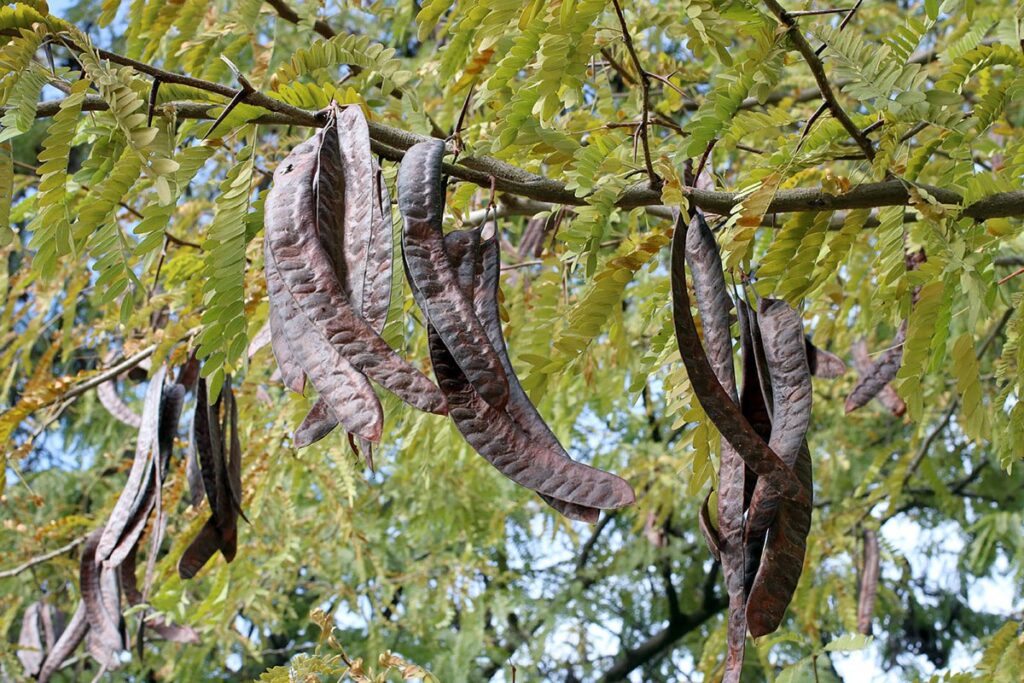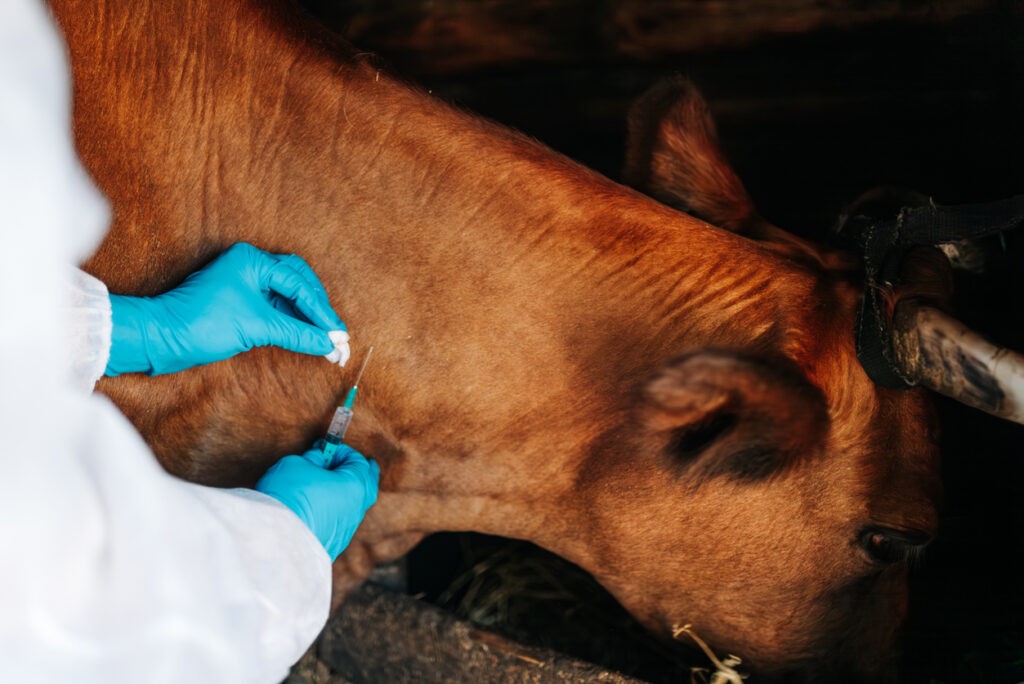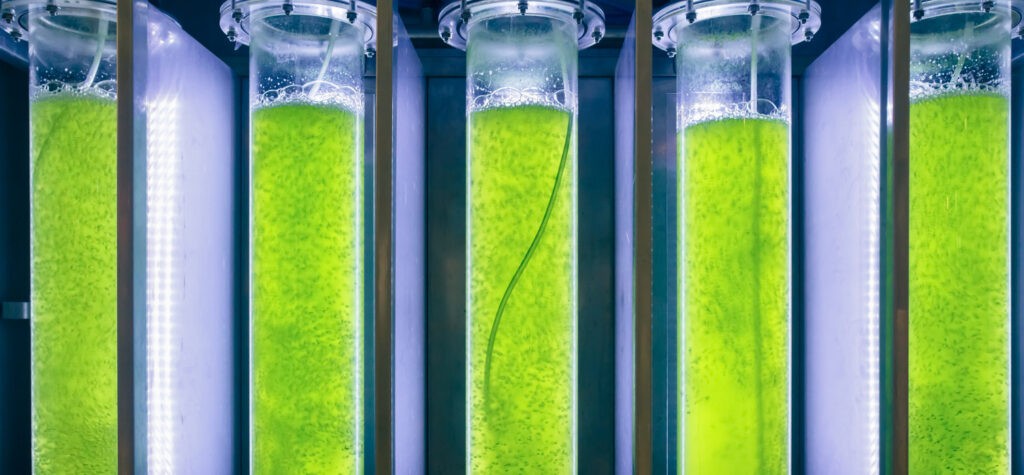Turkmenistan Scientists Develop New Camel Thorn Microencapsulation Technology
Specialists of the biotechnology department of the International Scientific and Technological Park of the Academy of Sciences of Turkmenistan have developed a technology for microencapsulation of camel thorn extract of medicinal plant. The development was officially recognized, and the State Intellectual Property Service of the Ministry of Finance and Economy of Turkmenistan issued the relevant certificate. The development of such technologies has become relevant due to the high demand for drugs from local raw materials, which require methods that preserve physicochemical and technological properties. Extraction from camel thorns is carried out by crushing the plant and isolating the active substances with the help of a special mixture. Microencapsulation allows the active substances to be enclosed in microcapsules, which preserves their properties and regulates their release, enhancing the effectiveness of drugs. The extract created can be used for pharmaceutical and food purposes. Microencapsulated extracts have several advantages, such as high pharmacological activity, positive tolerability, and minimal side effects. According to Altyn Rakhmanova, head of the biotechnology department, the peculiarity of the new technology is that it improves the therapeutic and preventive qualities of products at a low cost. All preparations are made of natural components. They meet the requirements of modern phytotherapy and do not contain artificial additives. Camel thorn (Alhagi persarum) is a medicinal plant with many healing properties. It contains flavonoids, saponins, sugars, tannins, vitamins C, K, and B vitamins, carotene, ursolic acid, traces of alkaloids, essential oils, dyes, and resins. Camel thorn is used as a natural remedy for various ailments, effectively relieving colds, flu, sore throat, bronchitis, and coughs. As previously reported by The Times of Central Asia, biotechnologists at the Academy of Sciences of Turkmenistan are advancing local biotechnological production. They are developing fodder supplements from the pods of the native gladichia tree and have also developed a new lactose-based gel designed to rejuvenate and address age-related skin changes. Among other reported recent innovations, Turkmen scientists have created a therapeutic ointment from the maclura tree, introduced to Central Asia, which reduces inflammation and accelerates wound healing. Additionally, they have formulated a cosmetic cream made from oil derived from silkworm cocoons. Earlier, they also launched a line of crackers infused with camel thorn extract.




